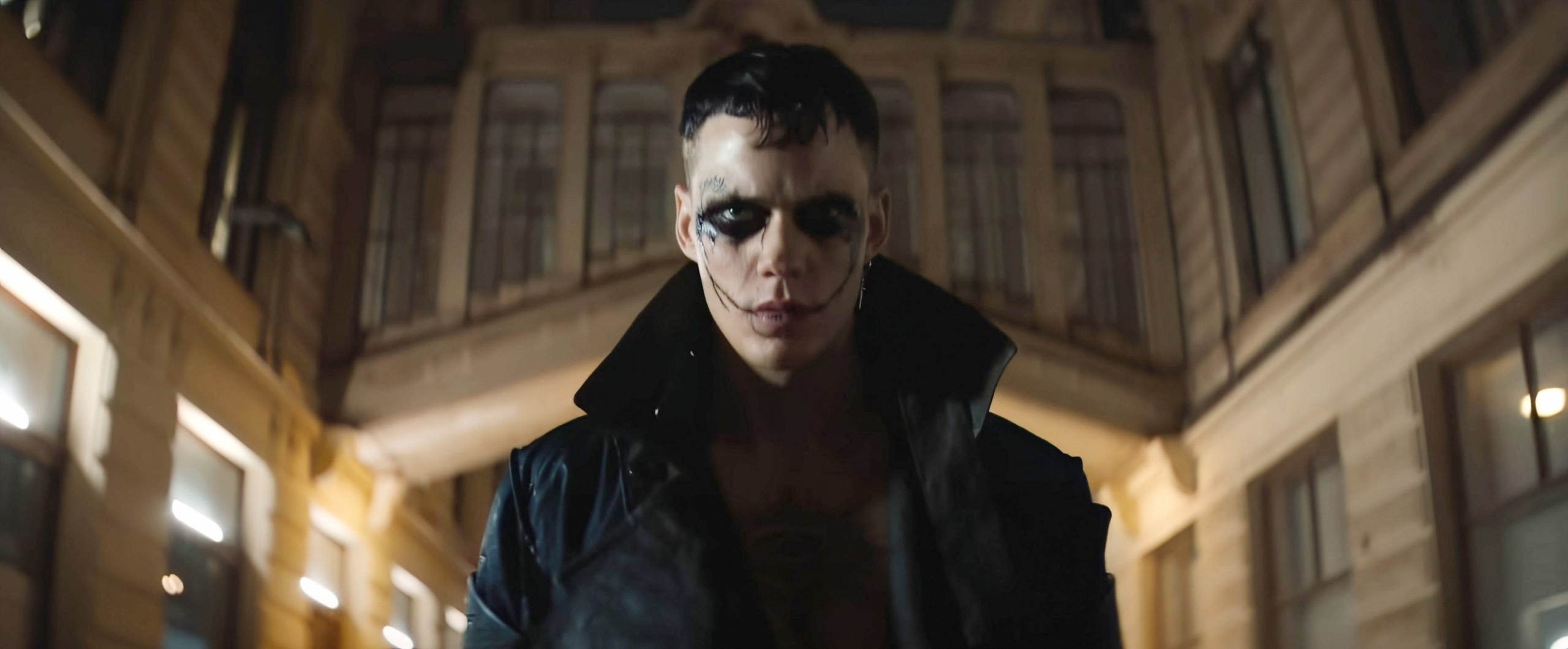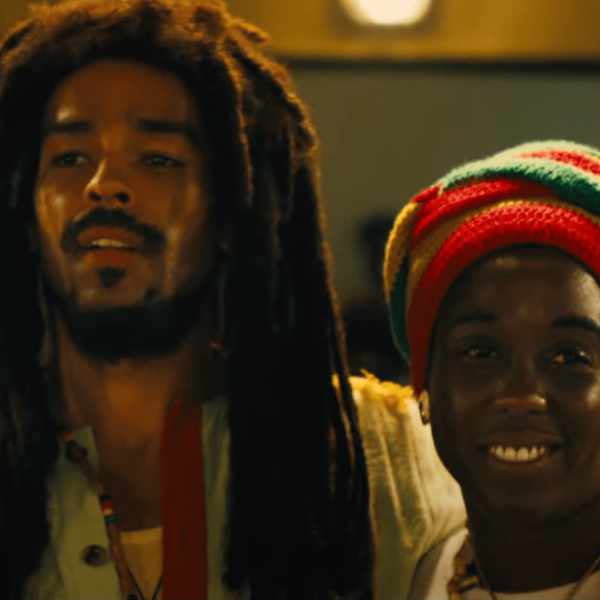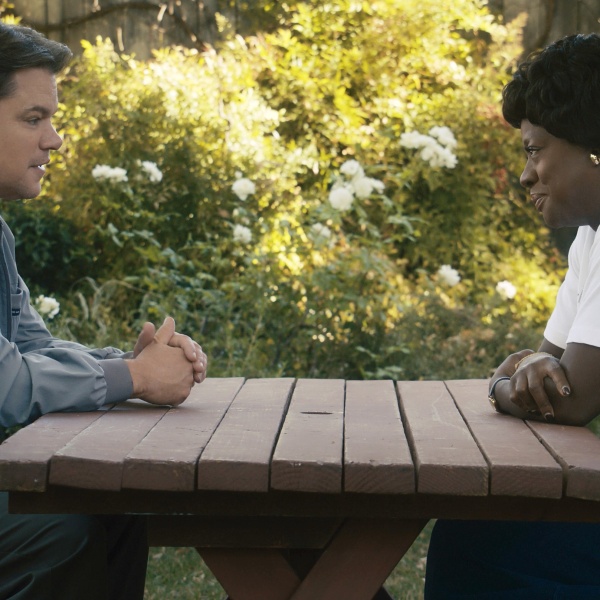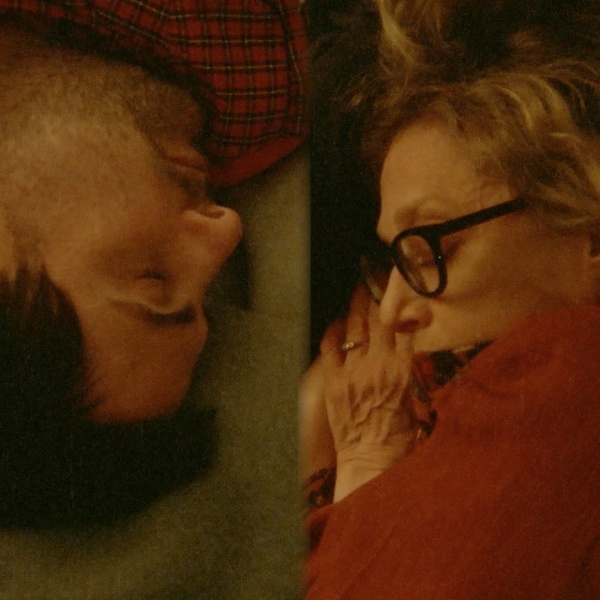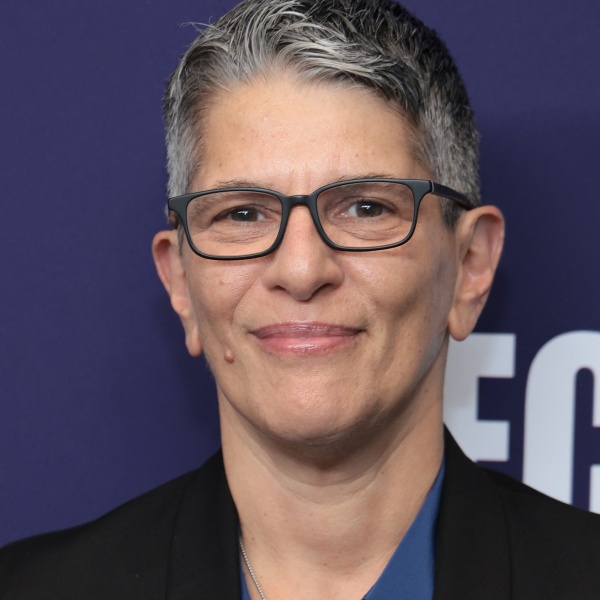Lionsgate‘s new adaptation of “The Crow,” James O’Barr’s graphic novel about a man resurrected from the dead to seek revenge against his murderers, is generous in its supply of satisfyingly violent set pieces. None are more impressive, however, than a killing spree set in an opera house, where The Crow (Bill Skarsgård) slices and dices his way through an army of henchmen on his way into the auditorium. The choreography of the fighting dovetails with the performance of “Robert le diable” to create a sequence as lyrical as it is gory — which is just as director Rupert Sanders and stunt coordinator Adam Horton intended.
“Our initial approach was all about the musicality of the sequence,” Horton told IndieWire, adding that it was important that the action express the Skarsgård character’s emotions in the same way that the opera on stage conveyed the inner states of its characters. “The emotions he had gone through formed our base for what he was feeling during that fight sequence. It’s important that it not be just a fight. What pain is he fighting through?”
According to Horton, choreographing the action to “Robert le diable” — performed by Orchestre National Bordeaux Aquitaine, Chœur de l’Opéra National de Bordeaux, conductor Marc Minkowski, and stars John Osborn and Erin Morley — was vital. “We didn’t want there to be a separation between what was happening inside the theater and what was happening outside the theater,” he said. “We wanted the action, rhythm-wise, to match what was happening on stage and in the orchestra.” The idea was that the audience’s reactions to the opera about the son of the devil choosing between his father and true love were equally apt for the fighting. “Obviously it’s a lot more brutal, but we wanted to feel connected in the same environment.”
Horton began planning the sequence without knowing exactly what the layout would be. “It’s done in broad strokes because we don’t know the location yet,” he said, adding that the non-specific way in which the action was described on the page opened up a lot of possibilities. “I love it, because then there’s a lot of discussion between myself and Rupert and Bill, and then my stunt team on developing and creating the action. We start experimenting with a freer range of creativity than if you’re just following a text beat for beat.”
Horton designed the sequence and created a pre-viz in a studio space, then adapted his plan to the actual theater in Prague that was chosen for the shoot. He found that making the set piece convincing was aided immeasurably by Skarsgård’s proficiency as a physical actor. “We assessed his ability in the rehearsal space, and luckily for us, he was amazing,” Horton said. “He picks up choreography very well, and he was very dedicated. We worked with him a lot in the development stage, and he performed around 95 percent of his action sequences himself.
In addition to Skarsgård, Horton collaborated closely with all of the department heads, from costumes and hair to visual effects, to find the best way of executing Sanders’ vision for the sequence. “We pre-viz every single detail and do a breakdown of wound mapping and the injuries and degrading for each costume,” Horton said. “We rehearse in the costume — how tight is it? Do we need to feel a bit more physicality? Will it accommodate the pads? Will it accommodate the harness? Is it a bit restricting? It’s the same with makeup and prosthetics. We have a full integration with every single department to make sure we give each other as much information as possible. So when we come to shoot, everybody knows what they have to provide.”
